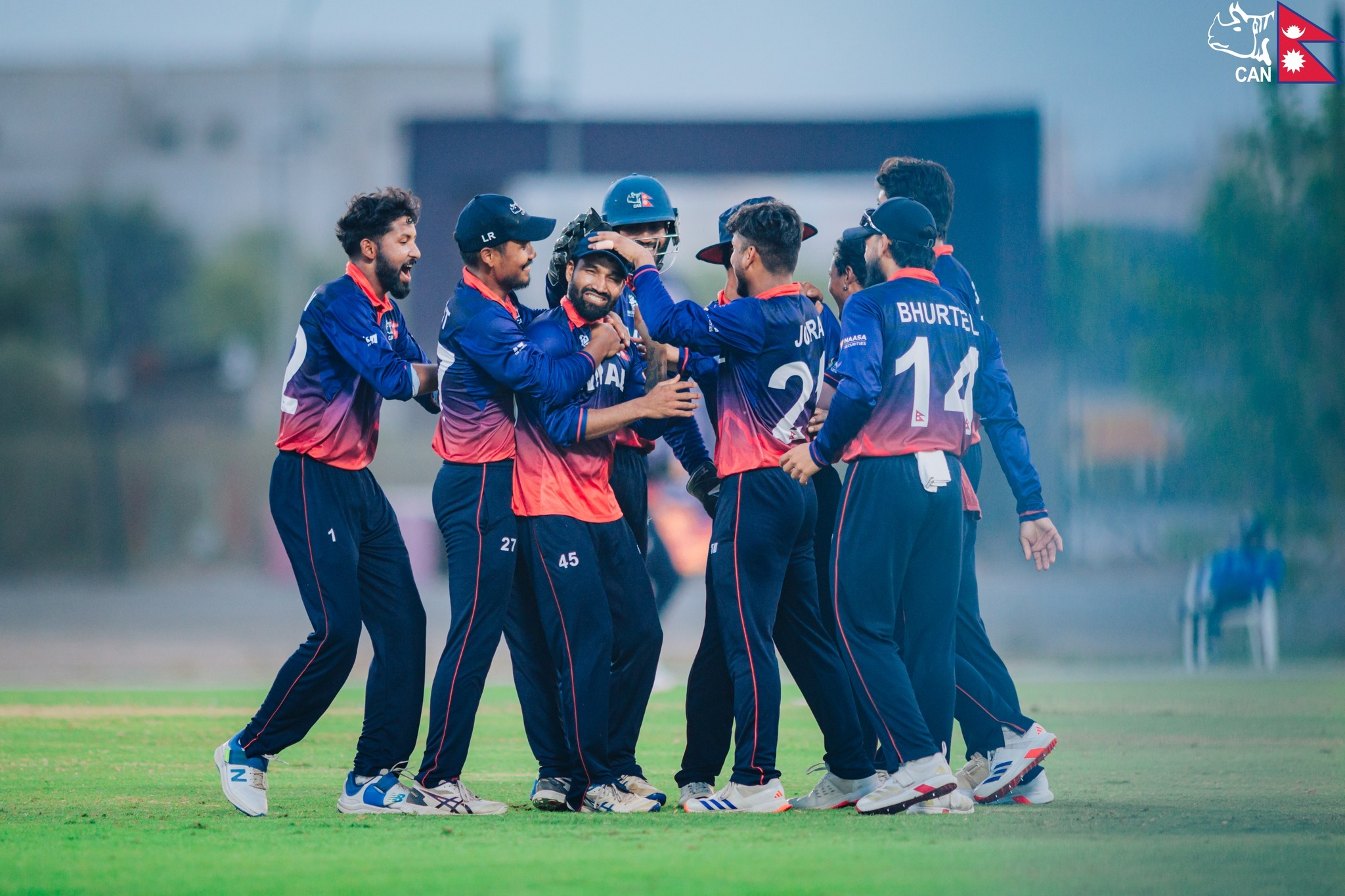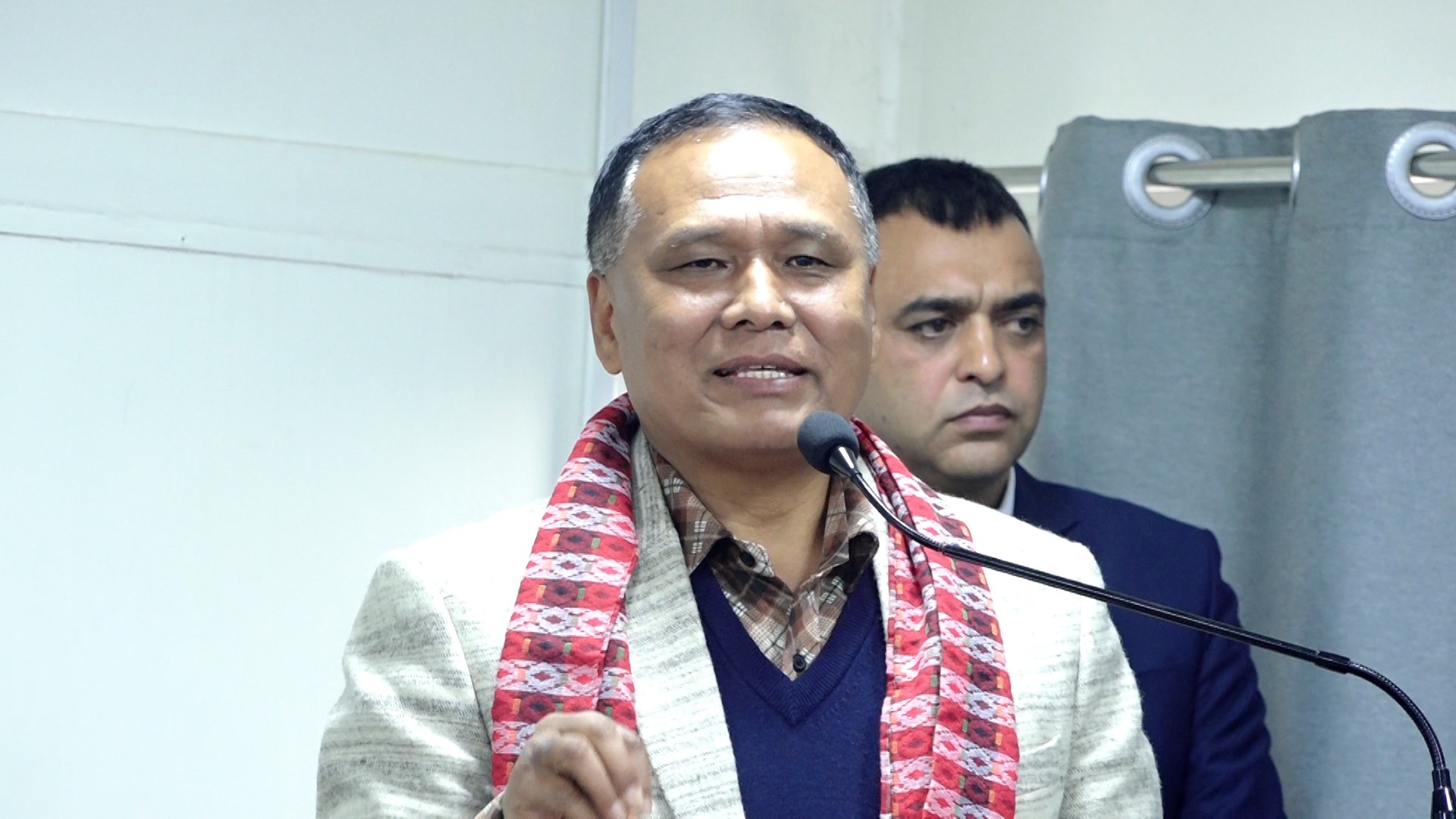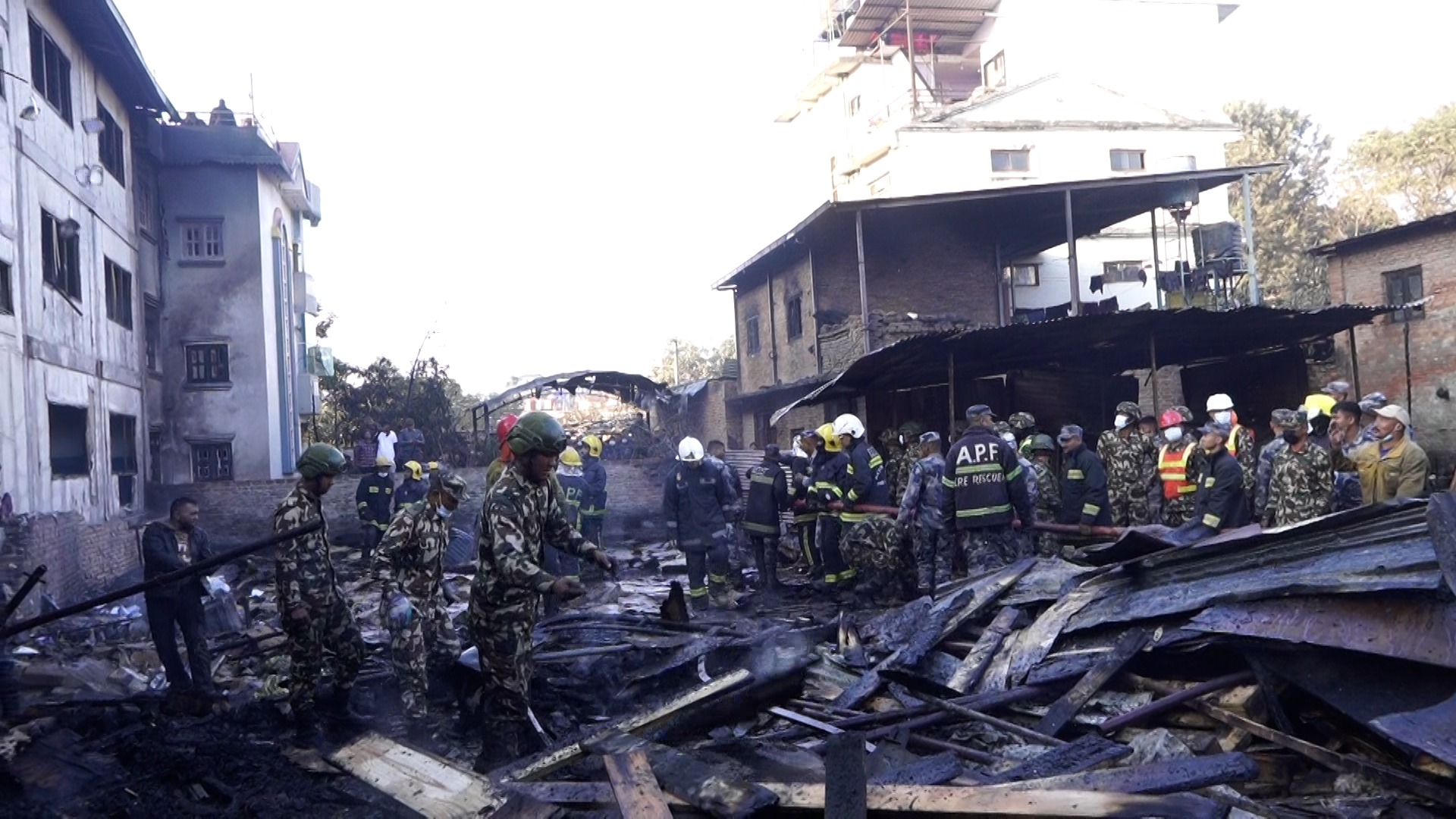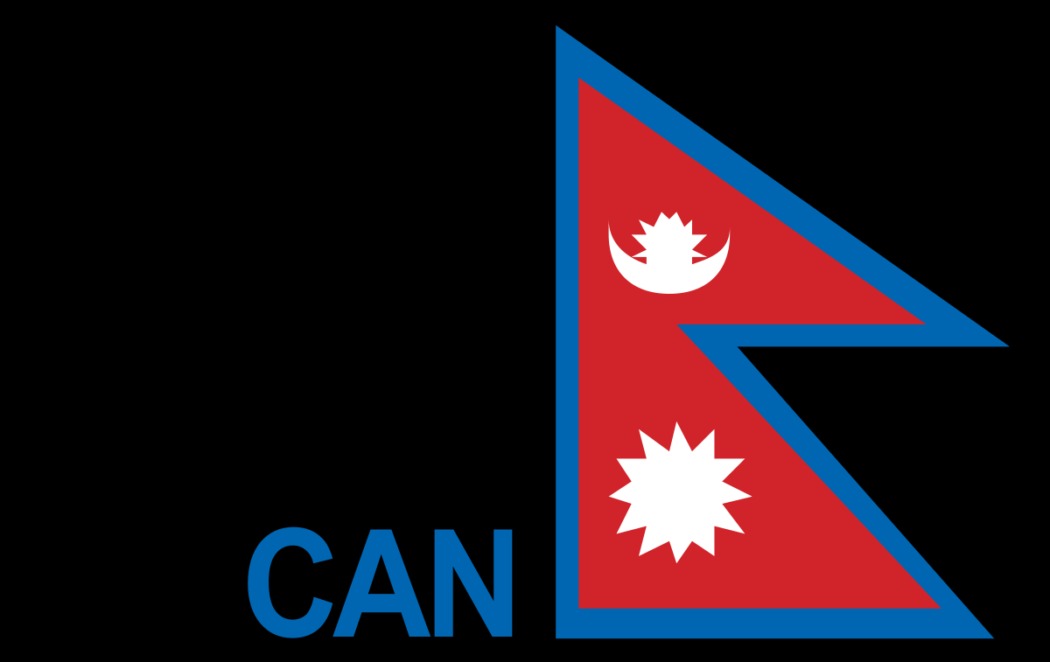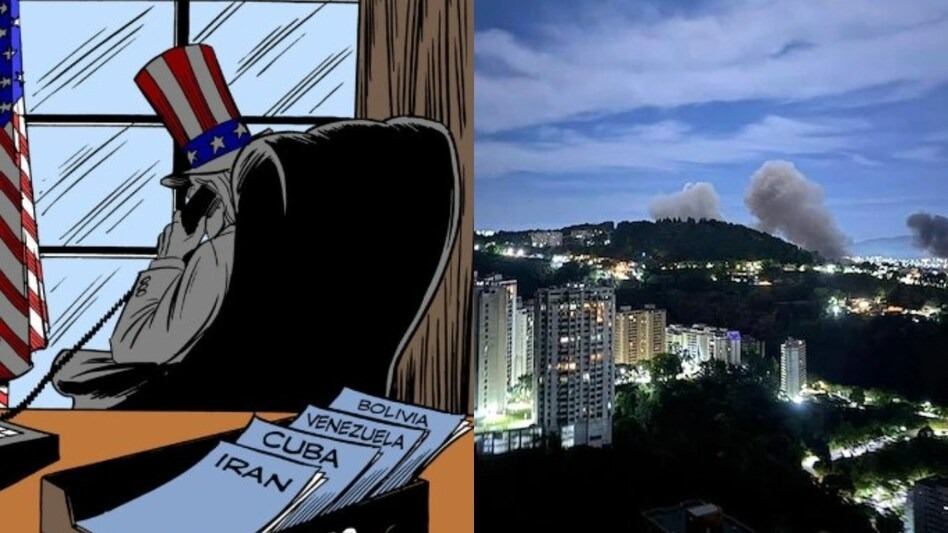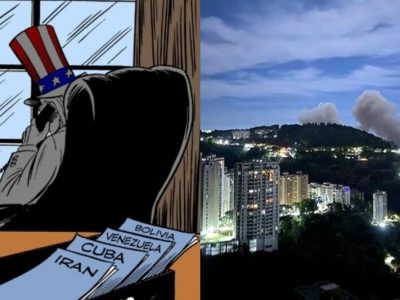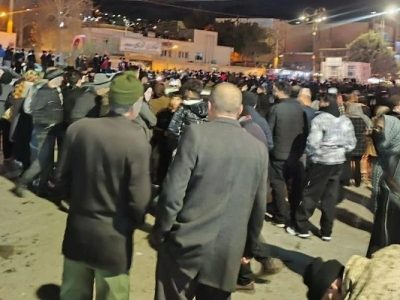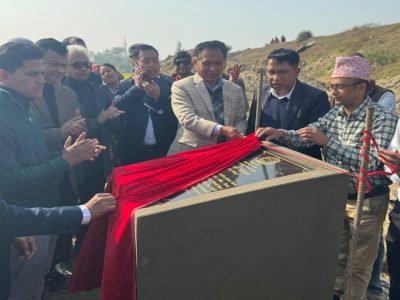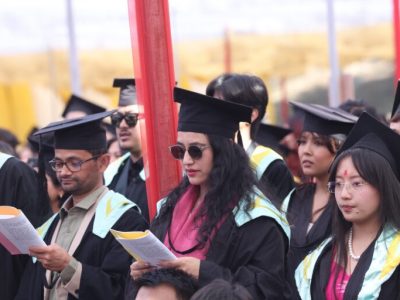Government to Close Melamchi Water Supply Project Amid Monsoon Concerns
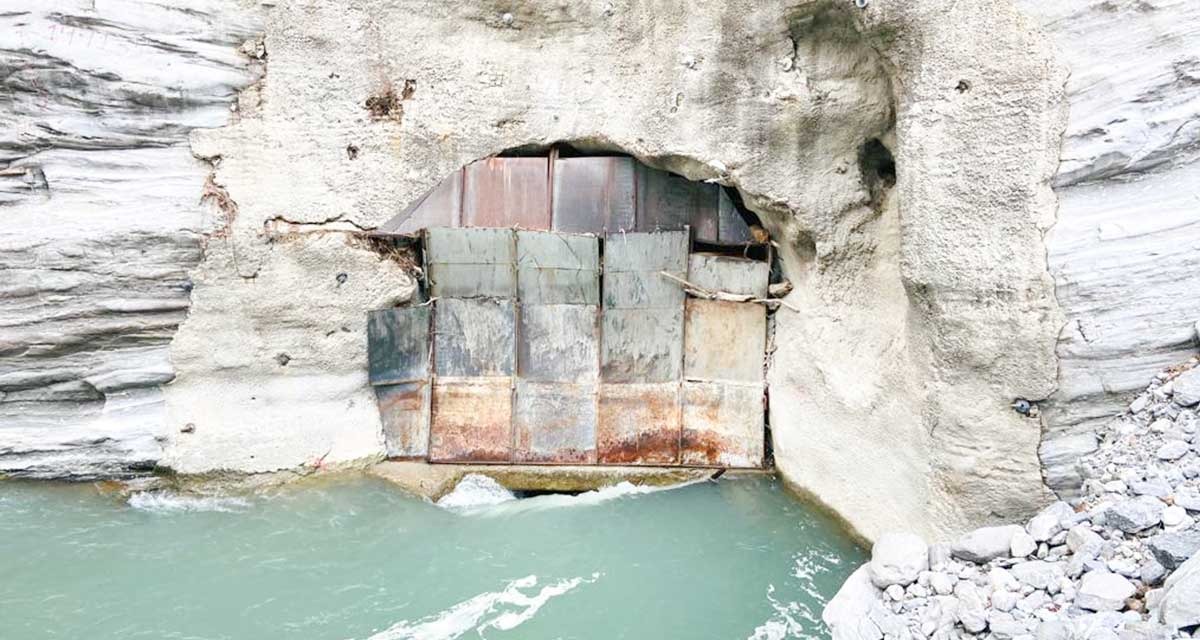
Kathmandu, Jun 14: With the onset of the monsoon, the government plans to close the Melamchi water supply project in the event of heavy rainfall. Initial preparations to shut down the project began on Thursday, but the closure was postponed as the monsoon had not yet become active in all parts of the country.
To safeguard the Melamchi water supply project from monsoon-related disasters, the government intends to close it during the rainy season and reopen it afterward. The Department of Water and Meteorology has forecasted above-average rainfall this year.
Although the monsoon has begun, it is currently only active in the eastern region of Nepal. Ratna Lamichhane, executive director of the Melamchi Water Supply Development Committee, stated that the project would be shut down if there is a risk of damage due to the monsoon. “We were preparing to close the Melamchi water supply project yesterday, but we are investigating why it should be closed before the rains start,” Lamichhane explained.
The Melamchi project supplies approximately 200 million liters of water daily to valley residents. Lamichhane noted that it is challenging to halt the water supply immediately due to the current shortage.
Consultants and the Asian Development Bank have advised closing the project to prevent potential damage from monsoon disasters. The monsoon is expected to become active in the Bagmati region, including the Kathmandu Valley, starting Saturday. Saroj Pudasaini, a meteorologist, highlighted that the monsoon’s influence is currently limited to the eastern part of the country due to local and westerly winds and a low-pressure area around Bihar, India.
If the monsoon becomes active, Melamchi’s drinking water supply to the valley may cease temporarily. The Home Ministry reported that flooding in the Melamchi River two years ago caused approximately two billion in damage to the project. Subsequent flooding in July last year further damaged the project’s infrastructure.
While Melamchi’s water was supposed to be redistributed after the monsoon, it was only supplied starting January 1. Typically, the monsoon season in Nepal begins on June 10 and lasts for four months. During this period, preparations are underway to distribute water from the Dhap Dam under the Bagmati Improvement Project to valley residents. An agreement has been made with the Bagmati Civilization-Integrated Development Committee to facilitate this.
Prakash Kumar Rai, spokesperson for Kathmandu Valley Water Supply Limited, mentioned that 40 million liters of water will be brought daily from Dhap Dam to manage the water supply in the valley during Melamchi’s closure. Currently, 90 million liters of drinking water are distributed daily, with 40% sourced from underground water.
The daily demand for drinking water in Kathmandu is 430 million liters, but supply constraints prevent meeting this requirement. The growing population and drying water sources such as underground reserves, ponds, and streams exacerbate water scarcity.
Sanjeev Vikram Rana, executive director of the Kathmandu Valley Water Supply Management Board, emphasized that Melamchi’s water supply has not only improved overall supply but also helped replenish underground water levels. However, many traditional water sources, such as dhungedharas, have dried up, with 117 out of 837 disappearing and 320 out of 720 operational sources drying up.
Geologist Dr. Subodh Dhakal pointed out that the valley’s underground water is depleting due to increased population, higher groundwater extraction, and inadequate recharge from infrastructure development. Experts suggest that protecting groundwater and making the Melamchi water supply project sustainable could provide a long-term solution to the valley’s water supply issues. The committee is preparing to shift the project to a new location, Sarkasthali, to ensure its sustainability.
Facebook Comment
latest Video
Trending News
- This Week
- This Month


